
by Blake Hernandez

 at grooming is not for everyone. They have thinner skin, sharper teeth, longer nails, faster strikes and are seemingly unpredictable. This cat required its first shave due to a skin reaction which the owners wanted to make sure was not affecting places other than her muzzle.
at grooming is not for everyone. They have thinner skin, sharper teeth, longer nails, faster strikes and are seemingly unpredictable. This cat required its first shave due to a skin reaction which the owners wanted to make sure was not affecting places other than her muzzle.
Fig 1) When shaving cats, I always start with their belly. If I come to find out that their temperament is not going to make it through a groom, I’d rather have a stripe down the belly than the back. On this cat, I’m using a #9 in reverse for the entire groom.
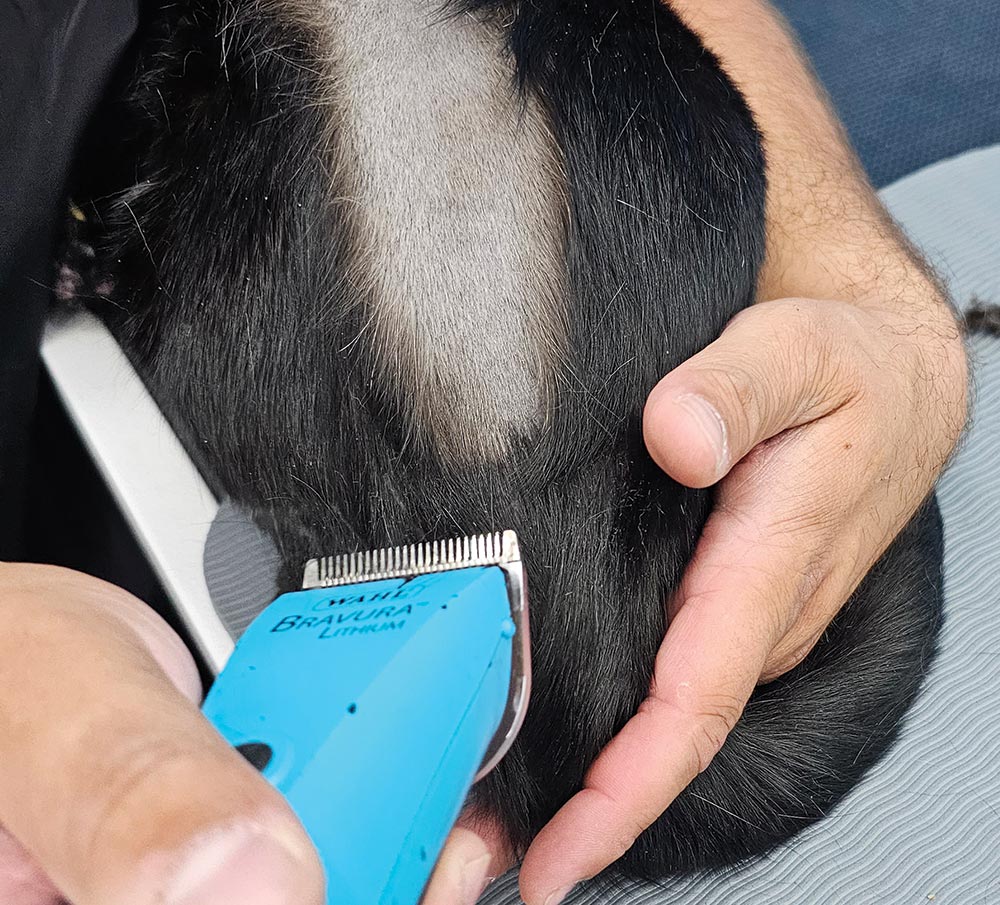
Fig 2) Starting at the base of the tail, I begin shaving the body of the cat.
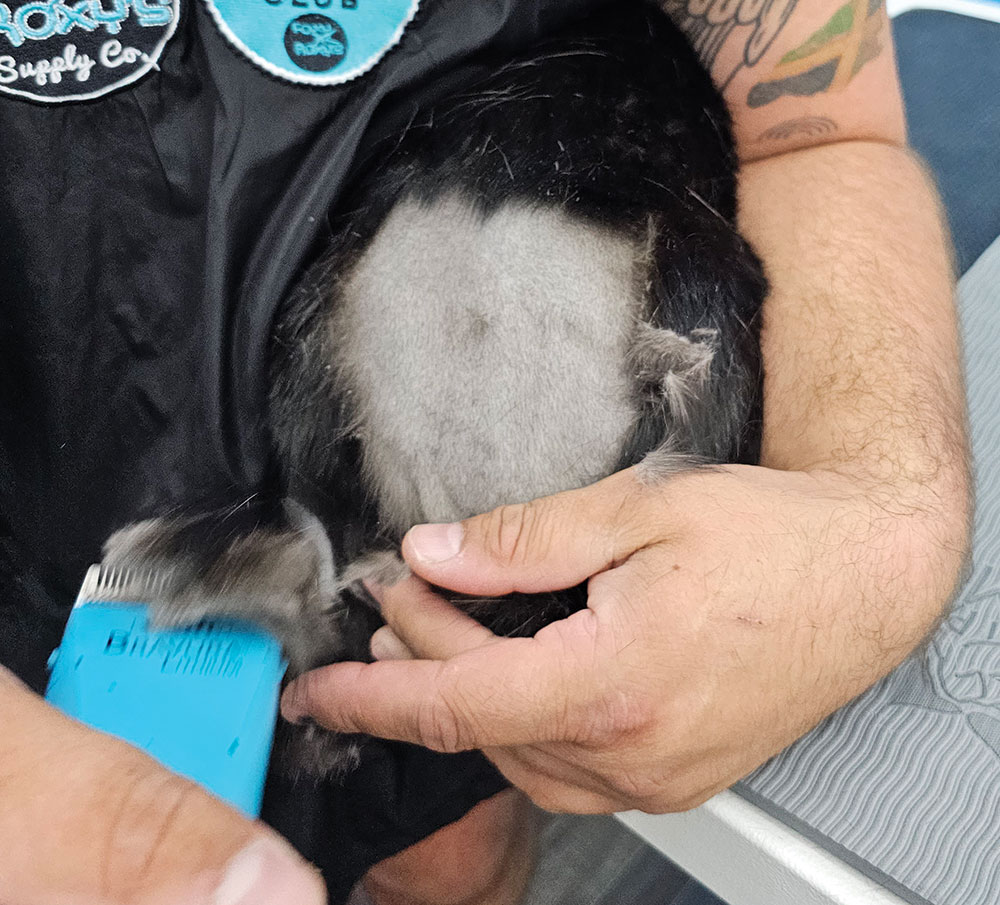
Fig 3) So that the cat feels secure and does not look for an escape, I keep her head tucked between my arm and the side of my body.
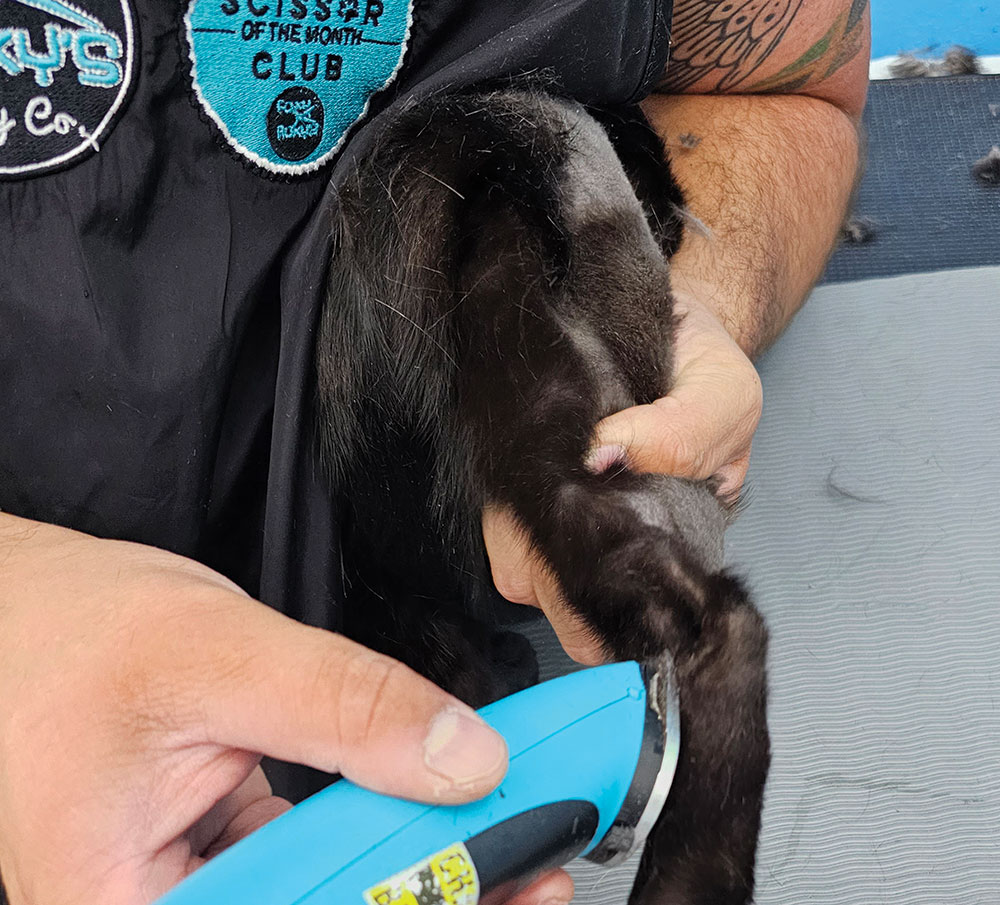
Fig 4) Using my hand to apply pressure to the knee, I hold it in an extended position. Then I can clip the cat in reverse from the point of hock.
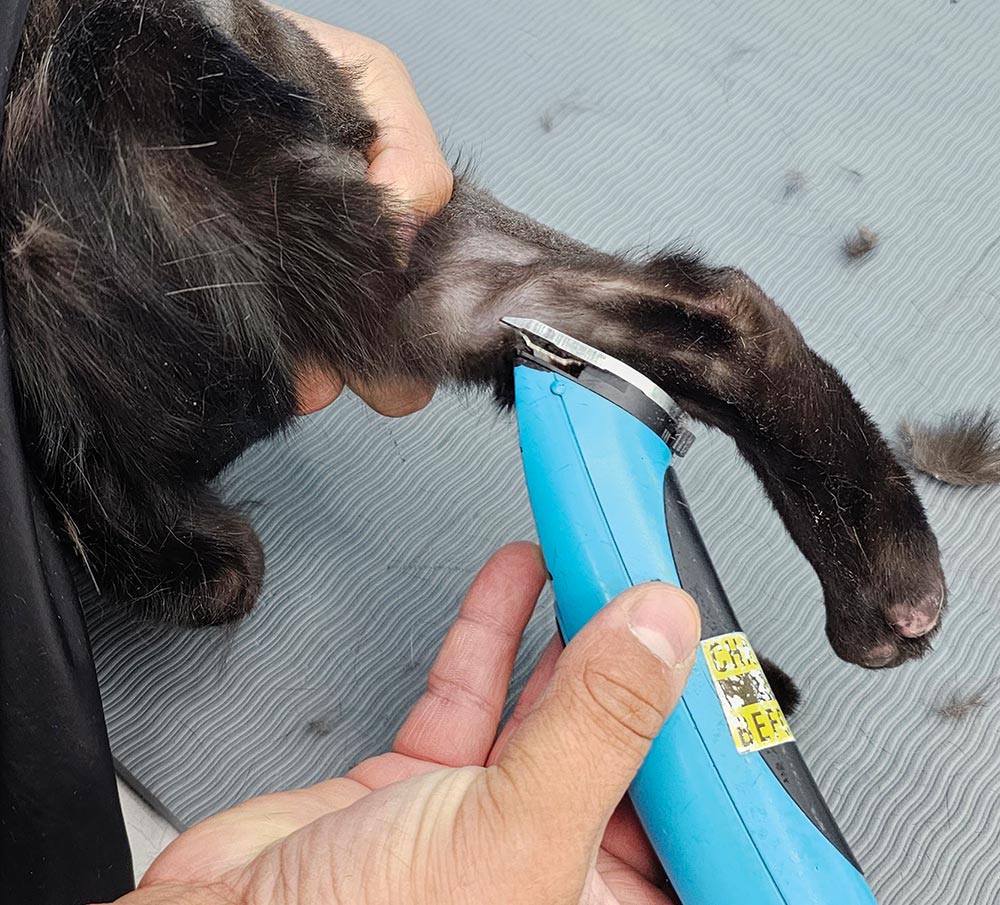
Fig 5) I use this as an opportunity to clip the whole way around the leg while it’s extended and the skin is taut.

Fig 6) The back of the cat’s shoulder blades is my anatomical marker where I will stop clipping. But I am not blending; I am stopping starkly and leaving a crisp line.
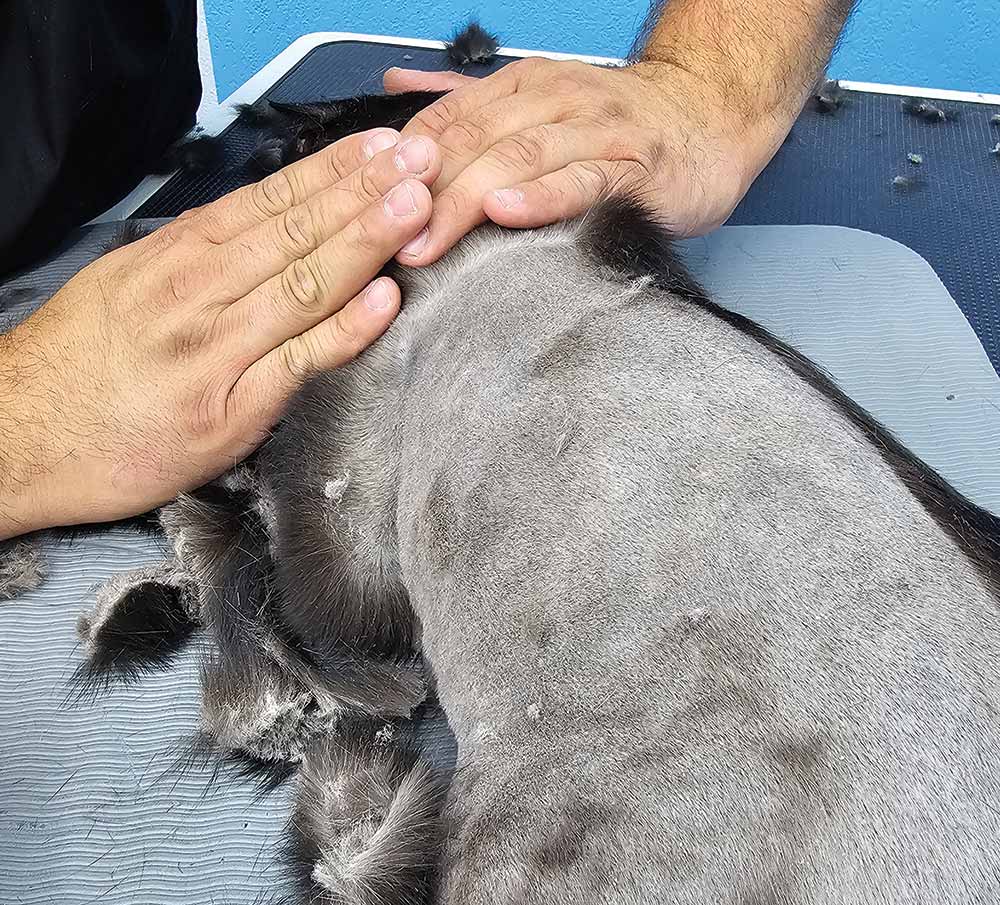
Fig 7) These steps are all done before the bath to minimize drying time with a cat. Here you can see the sharp and crisp line of the shave pattern.
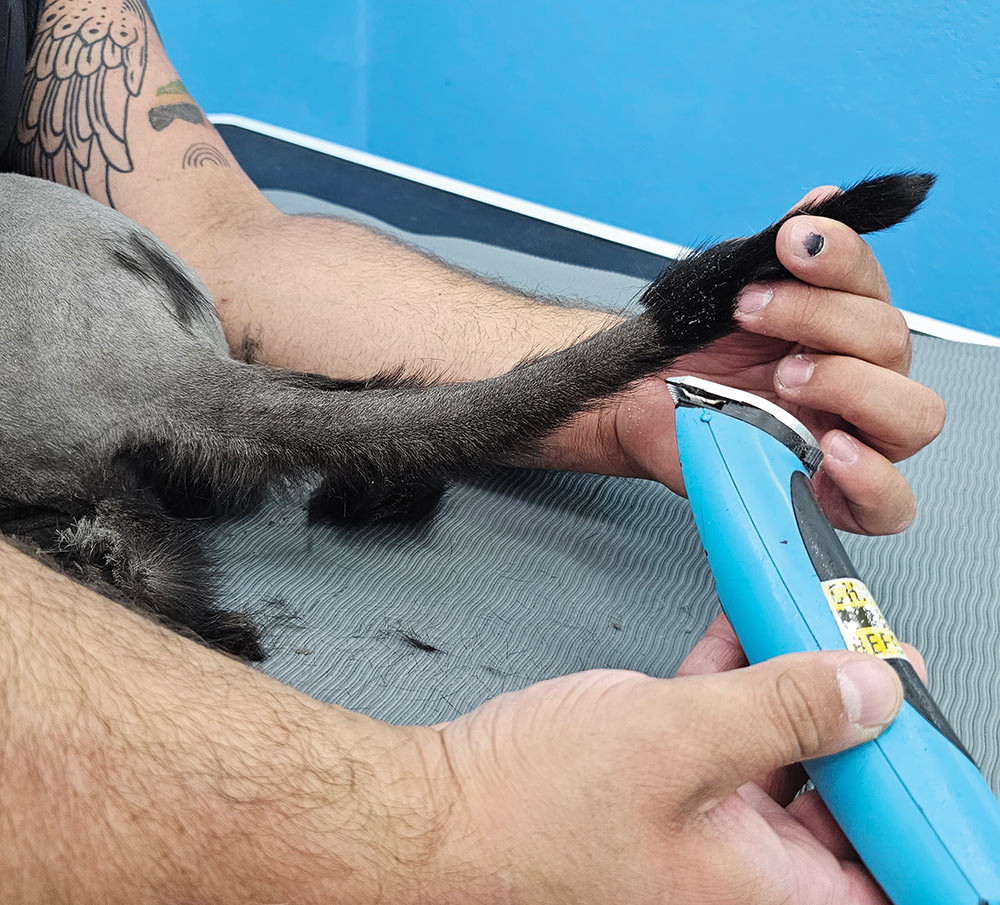
Fig 8) I would have liked to shave further up the tail, but the cat had a previous break that had healed and I didn’t want to further expose that.
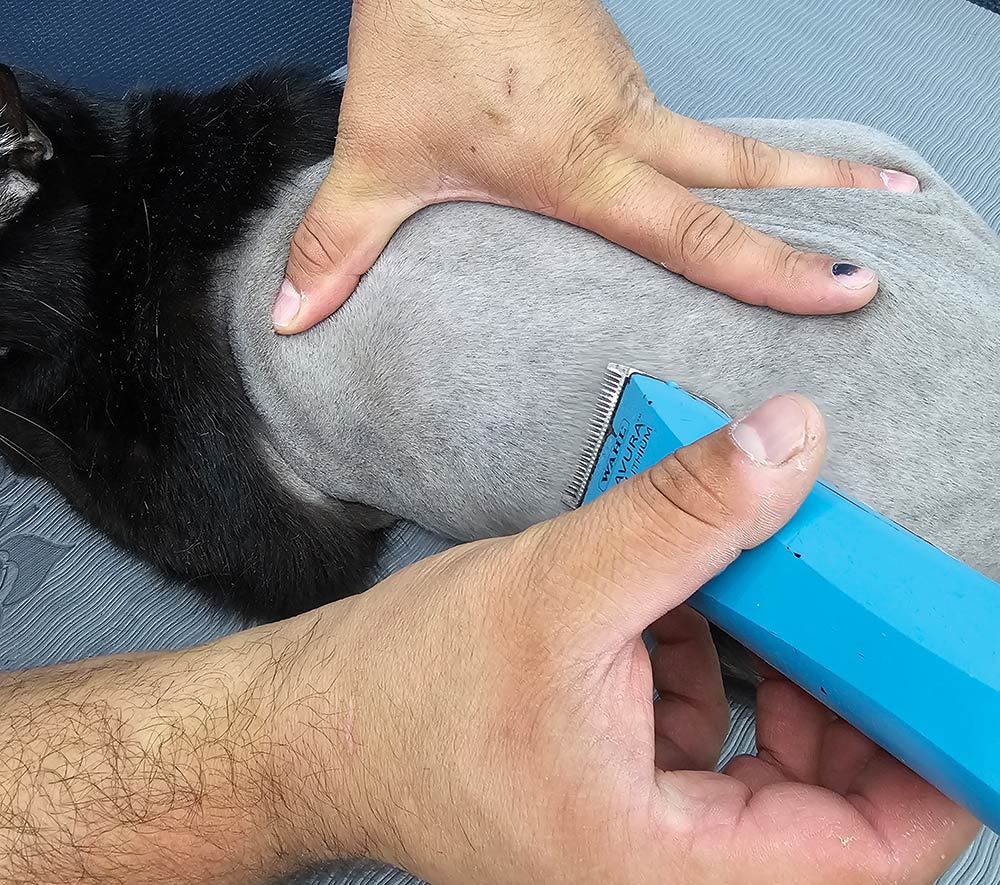
Fig 9) Now that the cat is bathed and dried, I go in small sections while stretching the skin tight to clean up my clipper work.

Fig 10) This is what the pattern line looks like when you push back the remaining fur.

Never promise more than you can deliver with cat grooming. And never groom a cat that is more scared than you are confident. Remember these rules and you should have great success building your cat clientele!


